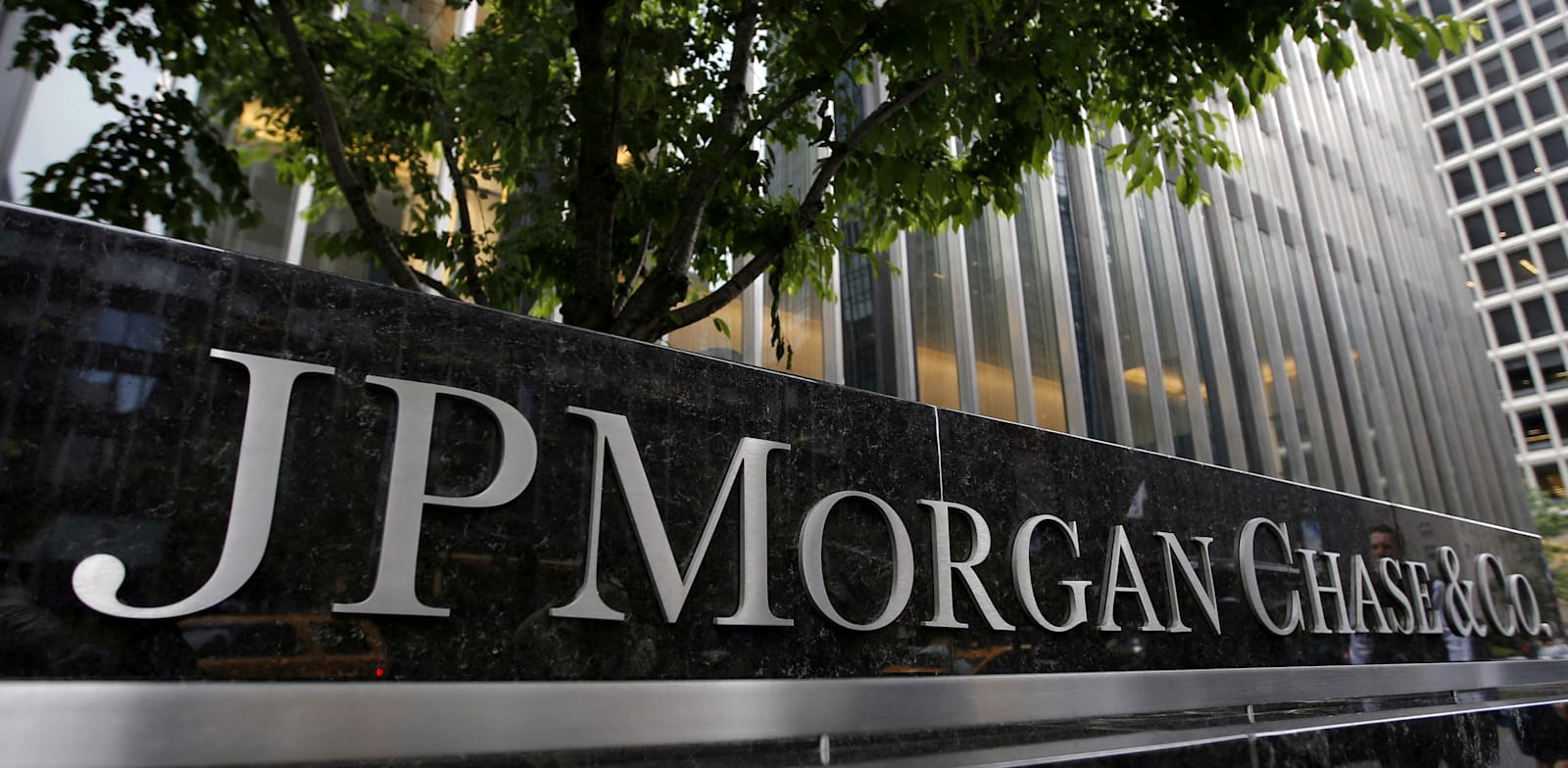The stock markets on Wall Street have been rising for five months in a row and are trading at all-time record levels and as always, as the rises last, the indices become more expensive and investors ask themselves when the declines in the markets will arrive, or at least a correction. Currently, the profit multiples (how long it will take an investor to ‘return’ the investment) of the S&P 500 and Nasdaq indices already stand at 23.5 and 31 respectively, compared to an average of 16-17. That is, the American market is considered expensive from a historical point of view.
At the world’s largest bank, JP Morgan, which has repeatedly missed the direction of the market in recent years, they are trying to bet once again on the future forecast of the markets and expect declines. According to JP Morgan chief strategist Dubravko Lakos-Bujas, investors simply won’t know when the declines are coming: “You could be stuck on the wrong side of the market’s momentum,” he was quoted as saying by Bloomberg News, reading For investors to spread their investments more.
“Decreases in the markets is something that can come one day suddenly, it has already happened in the past that there were flash crashes,” Lakos-Boges said. “One large fund starts to cancel some positions, a second fund hears this and tries to change its positions. The third fund is already caught off guard, and then the momentum starts to fall apart.”
He warned that “many good things are already priced in the market” such as the strong corporate profits, the artificial intelligence revolution, the strength of the American economy that refuses to enter a recession and the assumption by the Fed, the American central bank, that there will be 3 interest rate cuts in the coming year, so he estimates that the chance of the market rally continuing And small, and the chance of a bad surprise that will bring down the markets is increasing: “The sources for an upward surprise are more limited and on the other hand there are more risks hovering in the background.”
He also warned that most of the increases in the markets were due to the “Magnificent 7” (tech giants – Microsoft, Apple, Nvidia, Amazon, Google, Meta and Tesla) and noted that “Historically, whenever there was such a high level of density it was a matter of weeks” Before the momentum factor will face a left tail and big fat,” while noting that since the beginning of the year Tesla has lost 28% and Apple about 10%, as examples of what is to come.
Lakos-Boges estimated that a victory in the presidential elections of the Republican candidate Donald Trump for a second term in the White House is a reason for increases in the markets, but the truth is that before the 2016 elections in the capital market they actually thought that if Trump was elected the markets would be damaged. In the end, the S&P increased during Trump’s term by about 70%.
The bank has been missing the forecasts for two and a half years, will they be right this time?
Still, Lakos-Boges’s stuff should be taken with a grain of salt. He and his friends at the bank are again trying to predict the direction of the American market, even though they were wrong about the direction of the market in the last two and a half years – when they predicted increases in the markets in 2022 (and the market fell by 20%), then they were bearish on the market in 2023 (when it rose by 24%) And this year they expected a drop of 11% to the level of 4,200 points for the American flagship index, but meanwhile since the beginning of the year the 500 S&P actually completed an increase of about 10% and passed the level of 5,000 points.
In addition, many investment managers repeatedly point out that it is very difficult to time the market and studies show that it usually does not work. A famous Wall Street quote says that “Investors lost more money waiting for a correction than in falling markets.”
An interesting statistic worth noting is from the research company Bespoke, which recently published a graph according to which since 1952, on almost 20% of the trading days, the S&P 500 index traded less than 1% away from its all-time high, and on almost half of the days (44%) the index traded less than -5% of the record. Another graph they published shows that in a long-term view of more than 20 years, people have always made money in stocks, compared to a 53% chance of success in a single trading day, meaning that long-term investing works.
For your attention: The Globes system strives for a diverse, relevant and respectful discourse in accordance with the code of ethics that appears in the trust report according to which we operate. Expressions of violence, racism, incitement or any other inappropriate discourse are filtered out automatically and will not be published on the site.
